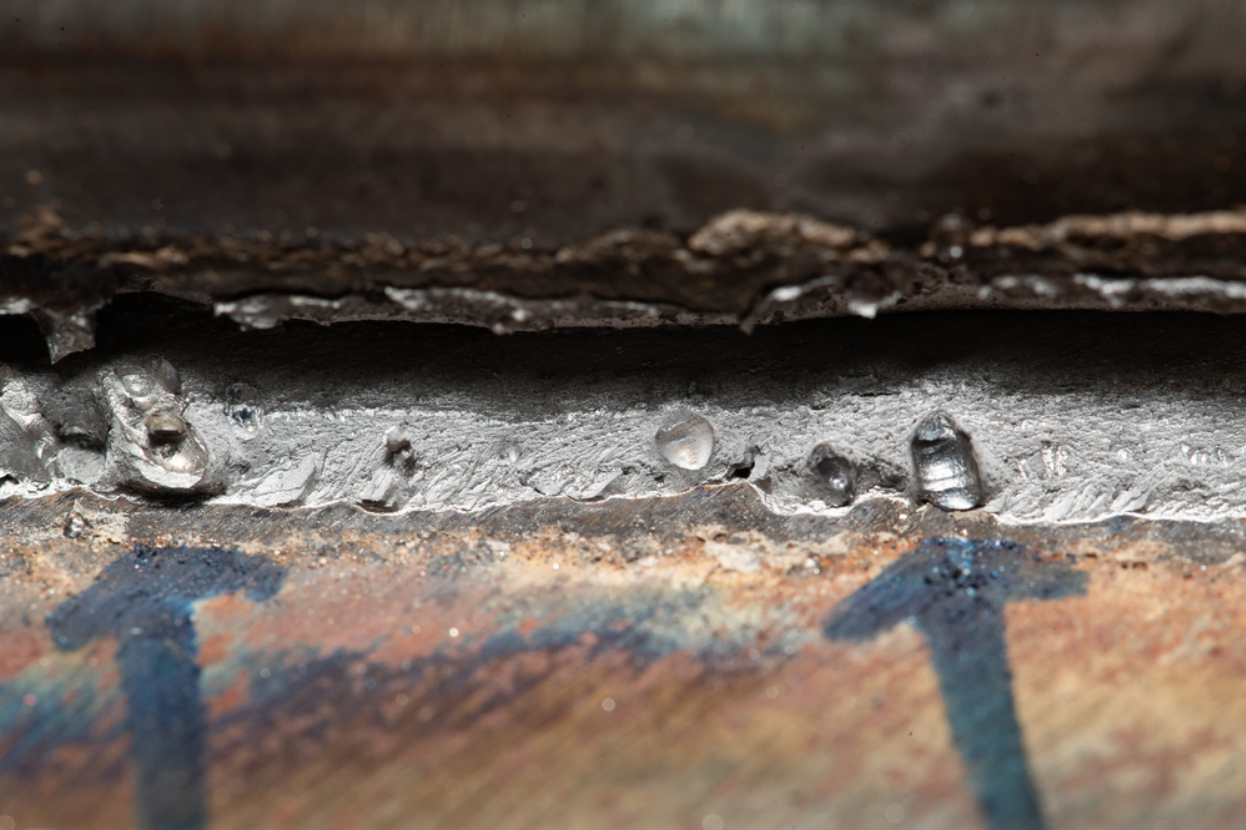Understanding the Art of Welding: Exactly How to Stay Clear Of Undercut Welding Issues for Flawless Manufacture Results
By understanding the origin causes of undercut welding and implementing reliable methods to stop it, welders can raise their craft to brand-new levels of quality. In the search of perfect manufacture outcomes, mastering the art of welding to stay clear of undercut issues is not just an ability however a need for those aiming for perfection in their job.
Understanding Undercut Welding

To stop undercut welding, welders should ensure correct welding parameters, such as changing the current, voltage, travel rate, and preserving the correct electrode angle. In addition, making use of the proper welding technique for the details joint arrangement is vital. Utilizing weaving movements or backstepping techniques can aid make certain proper weld steel deposition and minimize the probability of undercut development. Routine examination of welds during and after the welding procedure is additionally important to catch any kind of undercut early and make needed changes to protect against additional issues. Preventing weld undercut. By comprehending the sources of undercut welding and executing precautionary actions, welders can attain top notch, structurally audio welds.
Sources Of Undercut in Welding
Recognizing the aspects that add to undercut in welding is vital for welders to generate high-quality, structurally sound welds. When the weld steel does not correctly fill the groove formed in between the base metal and the formerly deposited weld metal, undercutting happens. Numerous aspects can bring about damage in welding. One typical reason is extreme warmth input. Welding at high temperature levels for extended periods can cause the base metal melting even more than preferred, bring about damage. Inadequate welding current or wrong welding speed can likewise add to damage. Inadequate current may not give adequate heat to melt the base and filler steels properly, while too much speed can prevent correct fusion, causing undercut. Additionally, improper electrode angles or wrong torch manipulation techniques can produce locations of reduced weld steel deposition, promoting undercut. Understanding these causes and applying correct welding strategies can aid protect against damaging issues, making sure solid and durable welds.
Techniques to Protect Against Undercutting

To minimize the risk of damaging in welding, welders can use strategic welding techniques intended at boosting the quality and stability of the weld joints. One reliable technique is to adjust the welding parameters, such as voltage, present, and travel speed, to make certain appropriate warm input and deposition. Preserving an appropriate electrode angle and guaranteeing regular traveling rate can additionally help stop undercut. In addition, utilizing the proper welding method for the certain joint arrangement, such as weave or stringer grains, can add to lowering damaging. Preventing weld undercut.
Additionally, proper joint preparation, including making sure clean base products without contaminants and utilizing the ideal welding consumables, is critical in avoiding undercut issues. Utilizing back-step welding techniques and controlling the weld bead profile can likewise help distribute warm equally and lessen the threat of undercut. Normal examination of the weld joint throughout and after welding, along with executing quality assurance steps, can help in addressing and finding damaging issues quickly. By applying these techniques faithfully, welders can achieve remarkable manufacture results with minimal undercut issues.
Importance of Correct Welding Specifications
Selecting and maintaining ideal welding specifications is navigate here crucial for accomplishing successful welds with very little defects. Welding criteria refer to variables such as voltage, current, travel speed, electrode angle, and shielding gas flow price that straight affect the welding process. These parameters must be meticulously readjusted based upon the type of material being welded, its thickness, and the welding technique employed.
Appropriate welding specifications make certain the right amount of heat is related to thaw the base metals and filler product uniformly. If the criteria are established too high, it can bring about excessive warm input, causing distortion, burn-through, or spatter. On the other hand, if the parameters are also reduced, insufficient fusion, lack of infiltration, or undercutting may occur.
Top Quality Assurance in Welding Operations

Conclusion
In conclusion, mastering the art of welding needs an extensive understanding of undercut welding, its causes, and techniques to avoid it. By ensuring appropriate welding specifications and executing top quality guarantee practices, flawless fabrication outcomes can be attained. It is vital for welders to continually make every effort for excellence in their welding operations to stay clear of undercut problems and produce top Continue notch welds.
Undercut welding, a common defect in welding processes, happens when the weld metal doesn't correctly fill the groove and leaves a groove or anxiety along the welded joint.To avoid undercut welding, welders need to make certain correct welding criteria, such as adjusting the existing, voltage, travel rate, and maintaining the right electrode angle. Insufficient welding wrong or existing welding rate can additionally add read this article to damage.To reduce the risk of undercutting in welding, welders can employ tactical welding techniques aimed at improving the high quality and stability of the weld joints.In conclusion, grasping the art of welding needs an extensive understanding of undercut welding, its causes, and techniques to avoid it.
Comments on “Reliable Ways to Prevent Weld Undercut in Your Welding Jobs”